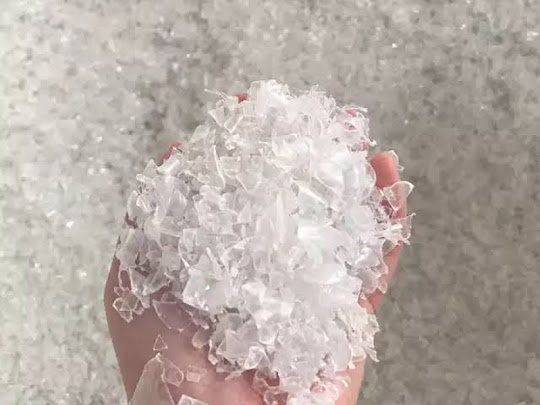How Effective Are Elastic Tapes for Garments?
Few people realize how essential stretchiness is for our everyday comfort. Manufacturers make most clothing items today using techniques and materials intended to stretch. As such, clothing crafters should be bold in using stretchy fabrics and elastic tapes for garments.
Elastic Tapes
When most people think of elastic fabric, they likely picture a roll of thin, stretchy bands. However, what’s usually available in the crafting section of several retailers is the least impressive of all the varieties. Braided elastic tends to only curl up when stretched and this is coarse. On the other hand, knitted elastic stretches more than doesn’t curl, and feels fine directly against the human skin. As such, it’s ideal for just any project needing flexibility. Furthermore, high-quality tapes are available from the affordable wholesale elastic sellers in the USA. There’s no need to pay the import fees and higher shipping costs to find the best deal.
Woven Elastic
Woven elastic is a more structured elastic type. Because of its firmness, it does not narrow when stretched out, nor does it roll or twist, making it a tremendous elastic tape for garments like waistbands. As well as being used within casings and channels, woven elastic will work well when used directly as a waistband because of its non-roll or non-twist properties. Its strength also works well with medium to heavy-weight fabrics.
Spandex and Blends
Spandex is one of the most widespread. Most people quickly identify it for its incredible flexibility. Spandex can stretch up to 300 per cent of its original shape. This ability usually comes from polyether-polyurea copolymer— a flexible and synthetic resin. It's manufacturers create it to flex around the body without being too hot. Modern spandex is also highly breathable and very lightweight, making it ideal for sportswear. Moreover, spandex is easy to blend with other materials to lend stretchiness.
Neoprene Fabrics
Much like spandex, neoprene combines synthetic resins with a cloth material. However, the companies use it almost exclusively to create the wetsuits. Many consumers are also familiar with it as a standard material for bathing suits. It’s perfect for making summer wear.
Mixing Latex and Fabric
While it’s possible to combine rubber or latex with fabric, its usefulness has limits. Originally, companies painted the natural rubber over fabric to create the earliest forms of waterproofing. The logic is still sound today. A patch or strip of latex is perfect if you need to add any waterproof element to your project. It’s also available in a usable form to seal up specific areas like stitching. It’s even possible to buy a prefabricated waterproof zipper for quick use. The cloth with this material applied to it attains a small amount of stretch.
Knit Fabrics
Manufacturers understand that a quality knit should include a little room for flexibility. As such, clothing that have aged can shrink. Also, the knit can degrade somehow, leading to uncomfortably tight clothes. Often, our favourite items to wear are those that adjust to the diverse movements of our bodies. Whether cotton, polyester, or a blend, the fibre pattern makes everyday clothes feel stretchy and comfortable. In particular, jersey knit fabrics are well known for their quality stretch.
.jpg)
.jpg)
.jpg)

Comments
Post a Comment